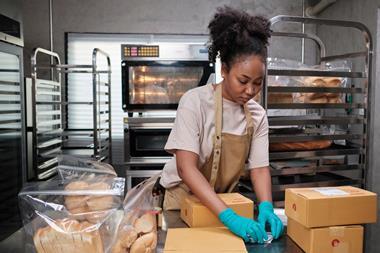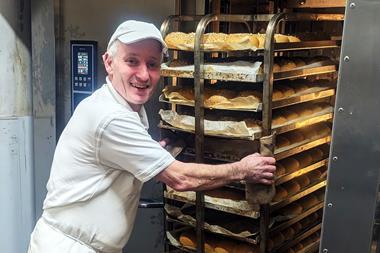Alex Waugh,
Director general, Nabim
2010 opened with a broad food strategy statement from Defra, ’Food 2030’. This set out targets for the food sector, such as "produce more with fewer resources and fewer carbon emissions", "protect food safety" and develop "informed consumers able to choose and afford healthy food, supported by better labelling and information". Perhaps unsurprisingly, the policy document says relatively little about how these worthy objectives are to be attained. Nevertheless, there is an indication that government will look to its own procurement policies, which may offer opportunities for local suppliers.
Accompanying the document is an analysis (by Defra and the Treasury) of what caused the sharp spike in grain and associated food prices in 2007 and 2008. This considers four main issues: grain stock levels, government intervention through export bans, use of grain for biofuels, and speculation. It concludes that although not to blame individually, the first three of these factors, in combination with poor global wheat harvests, played a part by limiting the supply of grain available for food use. Consequently, prices rose and, because people need to eat, regardless of the price, they rose a long way before demand was reduced. In fact, the situation was eased by the arrival of a very large global wheat crop in 2008. While acknowledging the uncertainties, contrary to popular comment, the paper suggests speculation was not a major cause of the price spike. No quick solutions for prevention of future price spikes are offered; improved agricultural productivity is important, along with a better flow of information to markets. But the old agricultural saying still holds true: "the answer to high prices is high prices."
































No comments yet